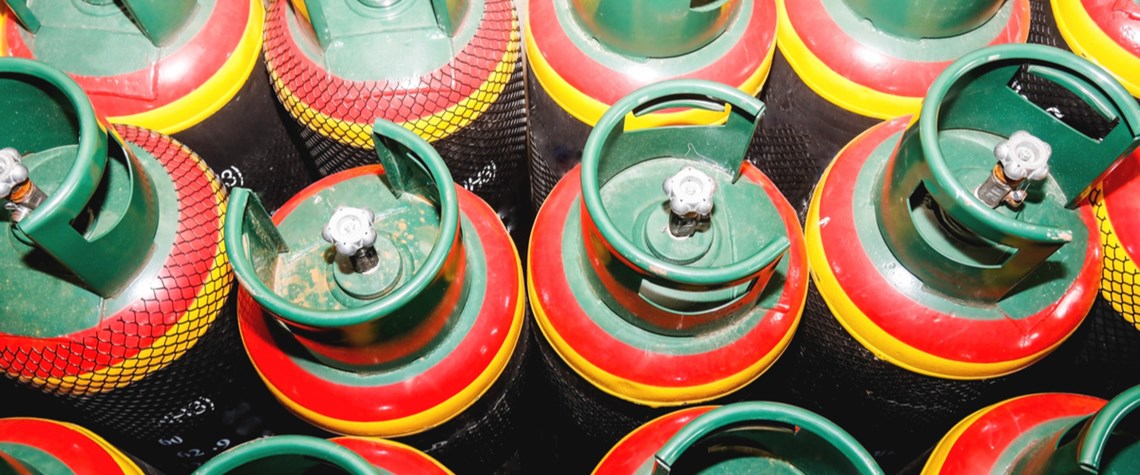GH2 sets green ammonia protocol
Ammonia must be produced from electrolytic hydrogen and have an emissions intensity of no more than 0.3kg CO₂e per kg to qualify as green
Geneva-based non-profit the Green Hydrogen Organisation (GH2) has updated its green hydrogen standard, published in May last year, with a protocol for defining green ammonia. To qualify for certification, ammonia must be manufactured by green hydrogen produced per GH2’s standard with solely—or “near 100pc”—renewable energy and close to zero greenhouse gas emissions, with an average emissions intensity of 0.3kg CO₂e per kg of ammonia over a 12-month period. GH2’s standard was set up to bridge the gap between countries and regions setting up their own regulations. Producers can opt in to obtain and trade GH2 certificates of origin for green hydrogen and its derivatives, including ammonia. “The

Also in this section
25 July 2025
Oil major cites strategy reset as it walks away from Australian Renewable Energy Hub, leaving partner InterContinental Energy to lead one of world’s largest green hydrogen projects
23 July 2025
Electrolysis seen as most leakage-prone production pathway as study warns of sharp increase through 2030 and beyond
22 July 2025
The gas-hungry sector is set for rapid growth, and oil majors and some of the world’s largest LNG firms are investing in ammonia production and export facilities, though much depends on regulatory support
16 July 2025
Major manufacturer cancels rollout of new hydrogen-powered vans and strengthens focus on battery electric and hybrid markets








